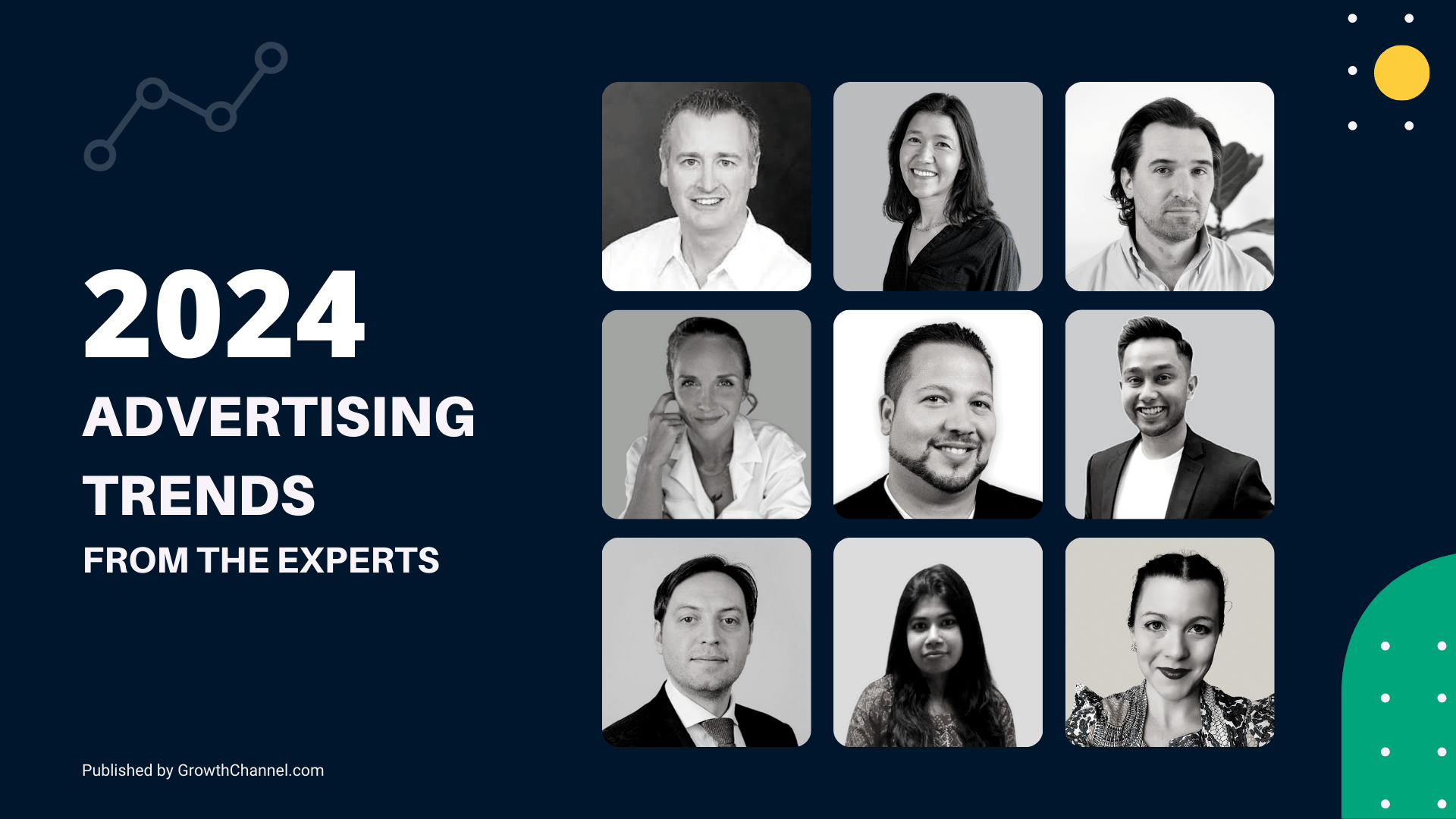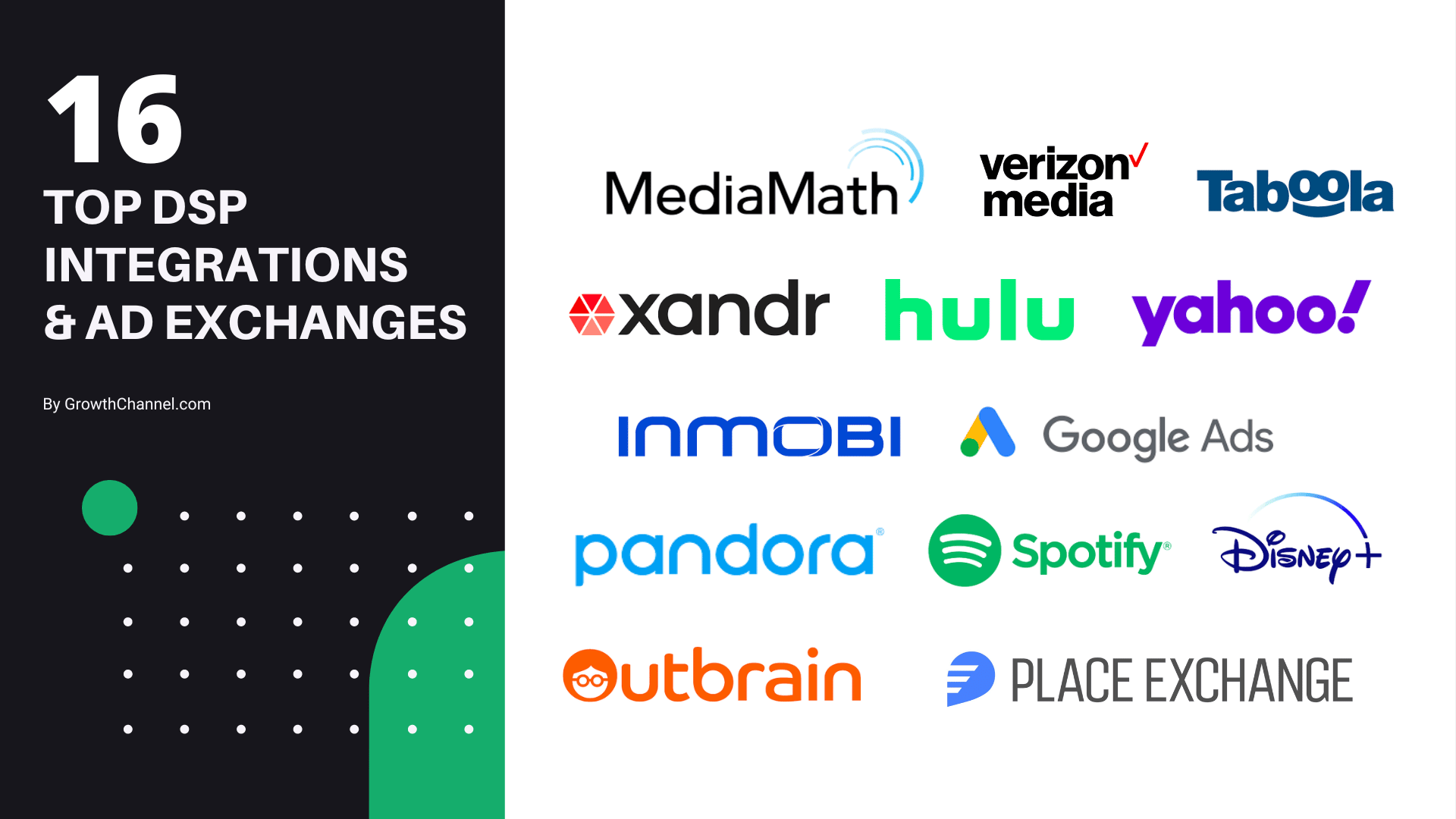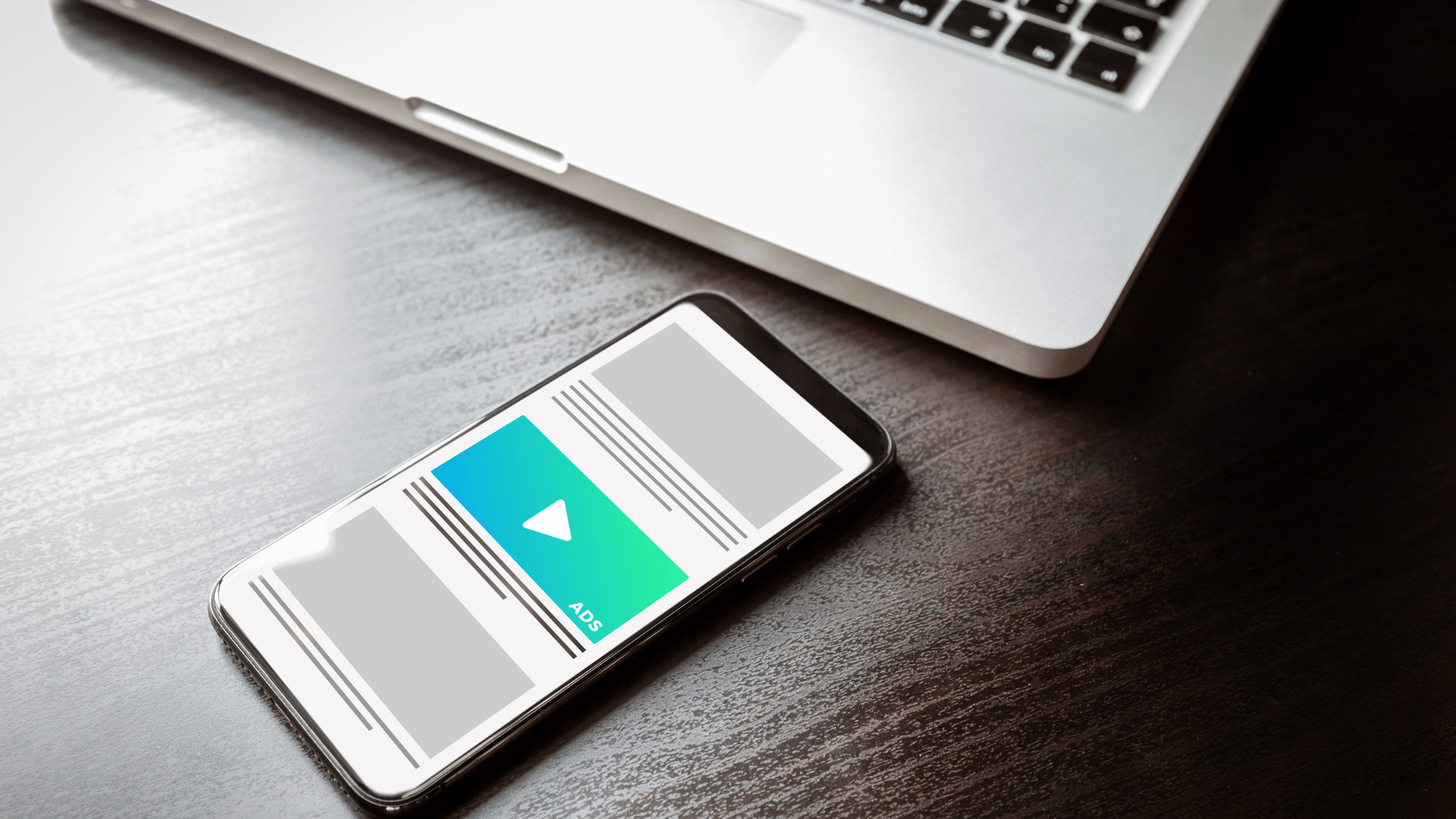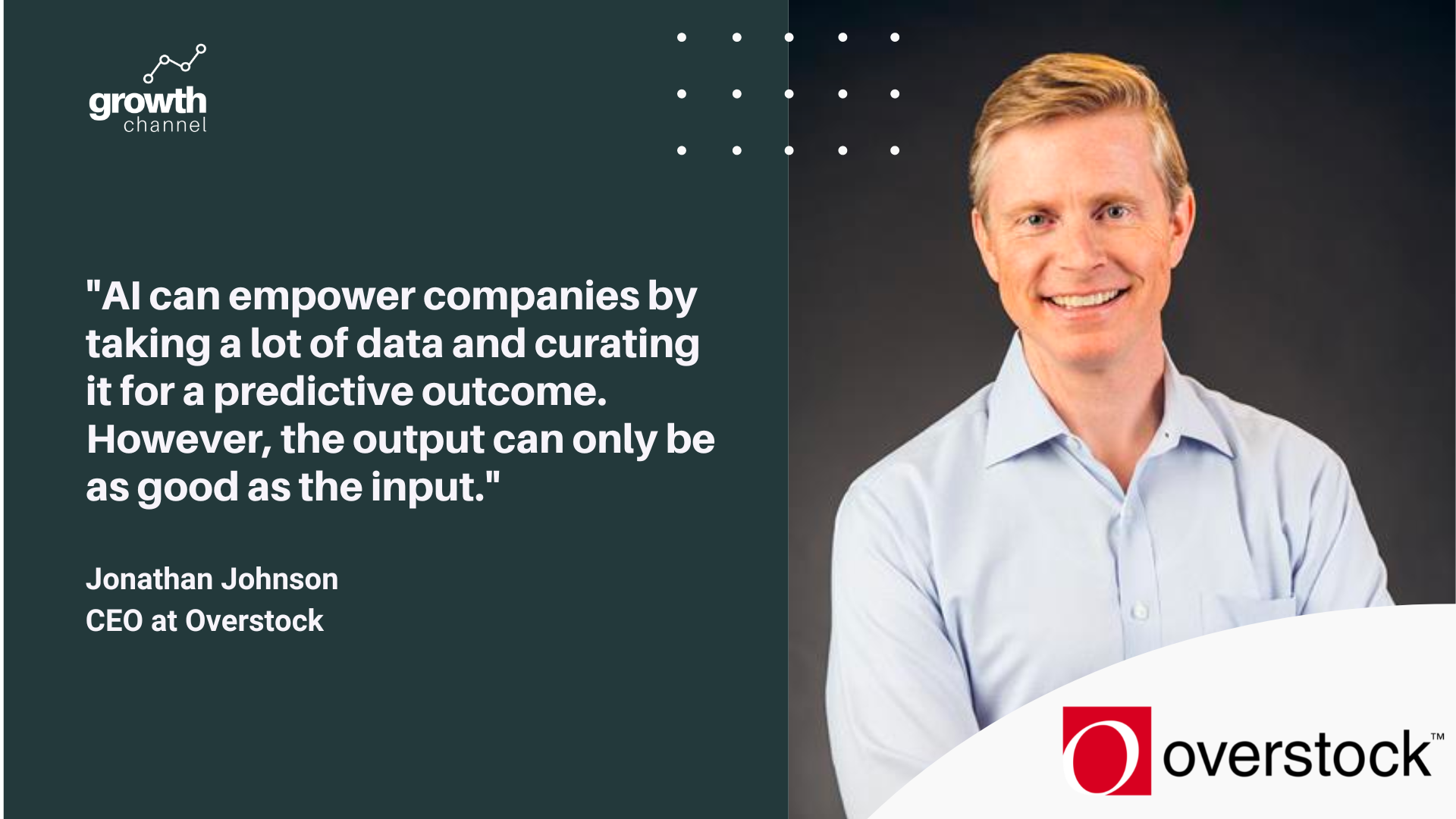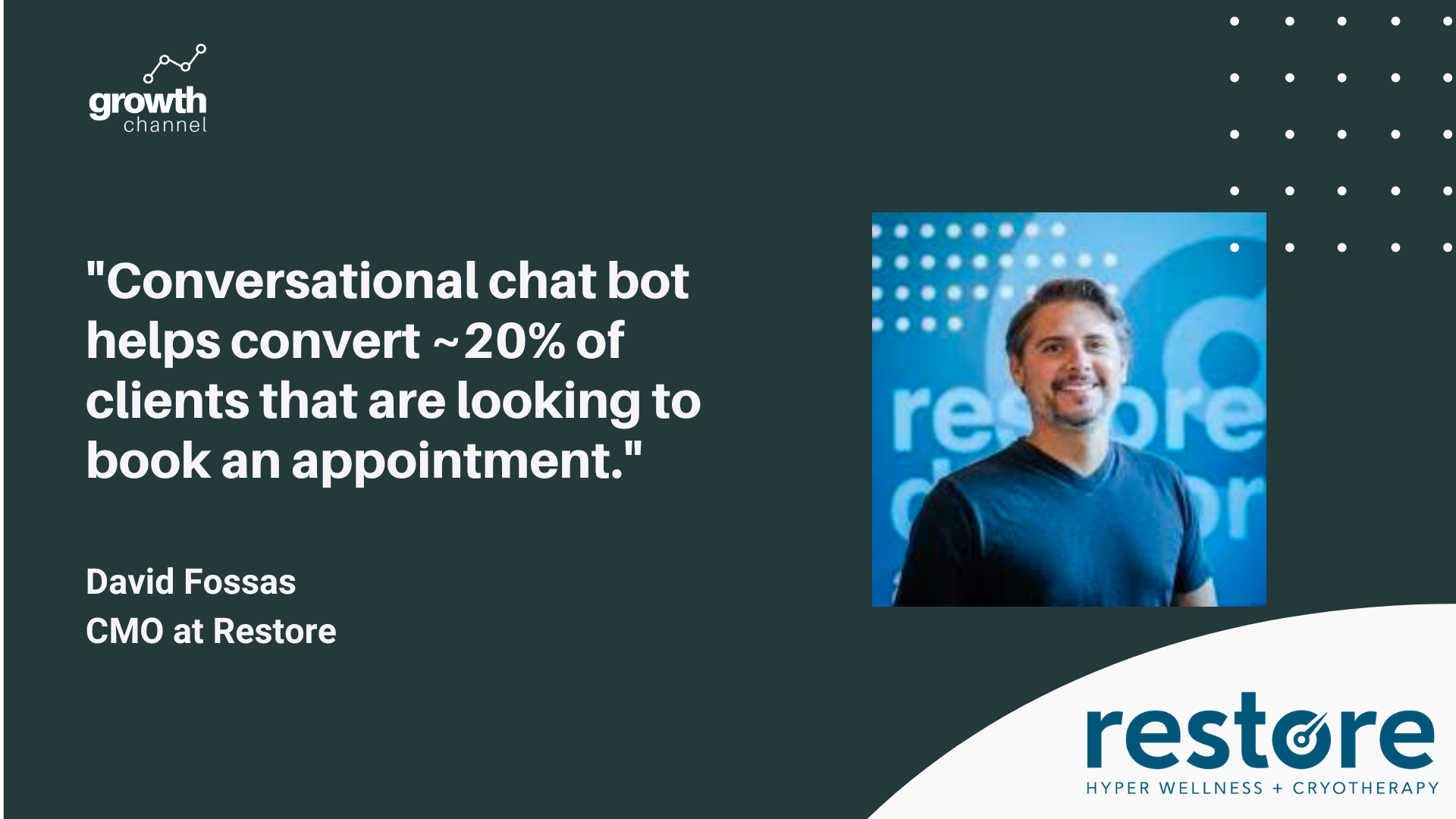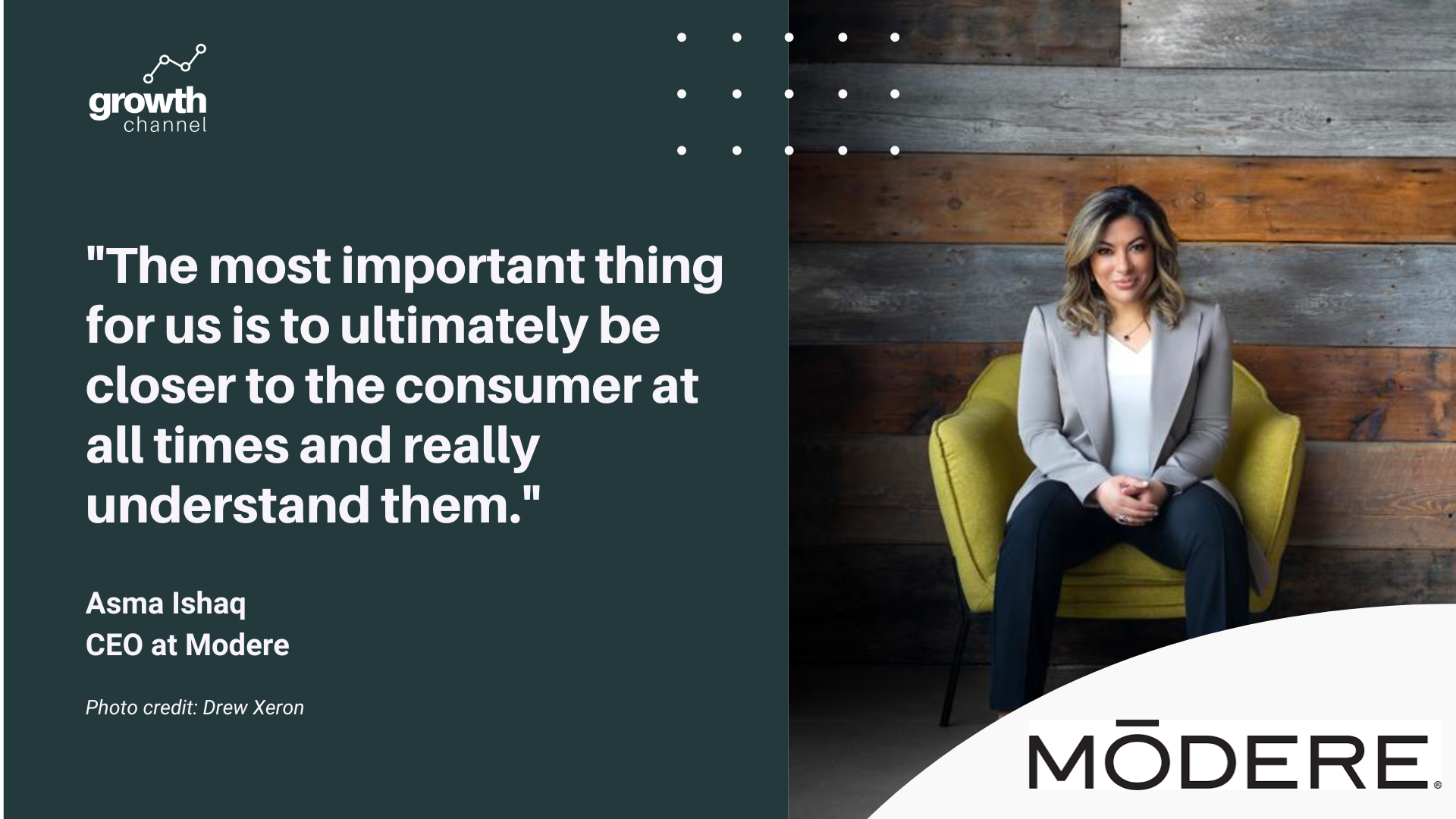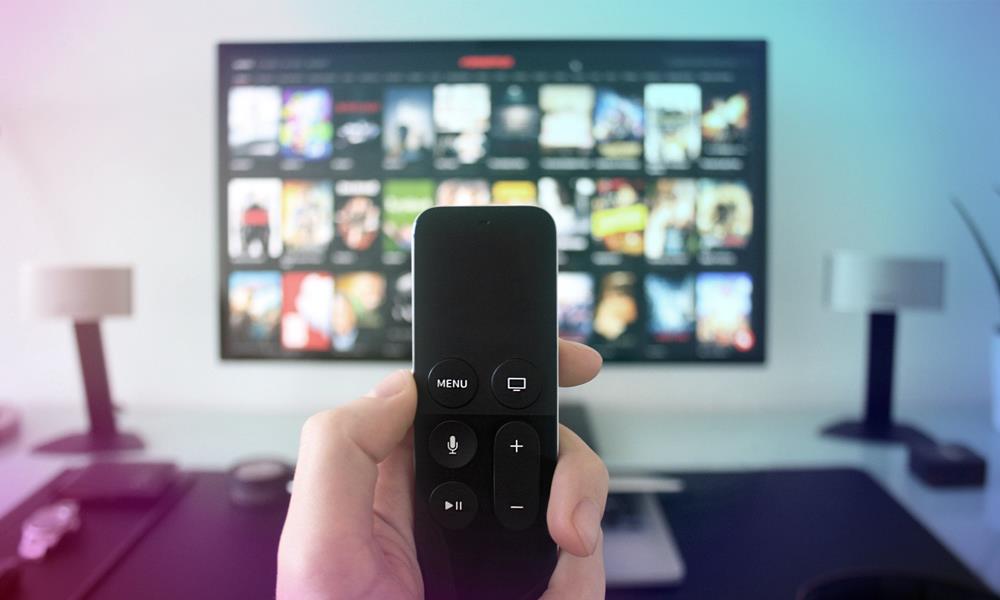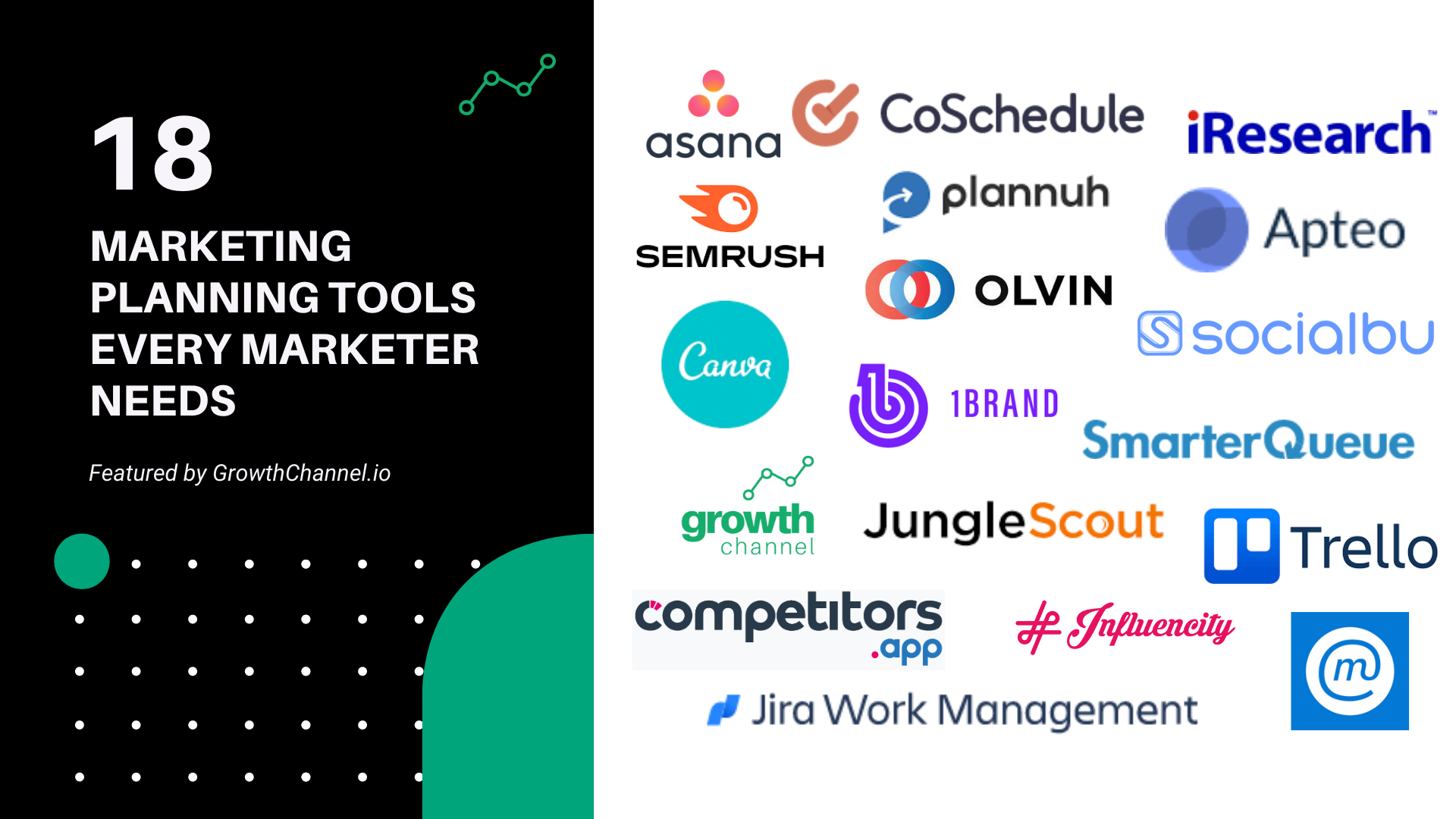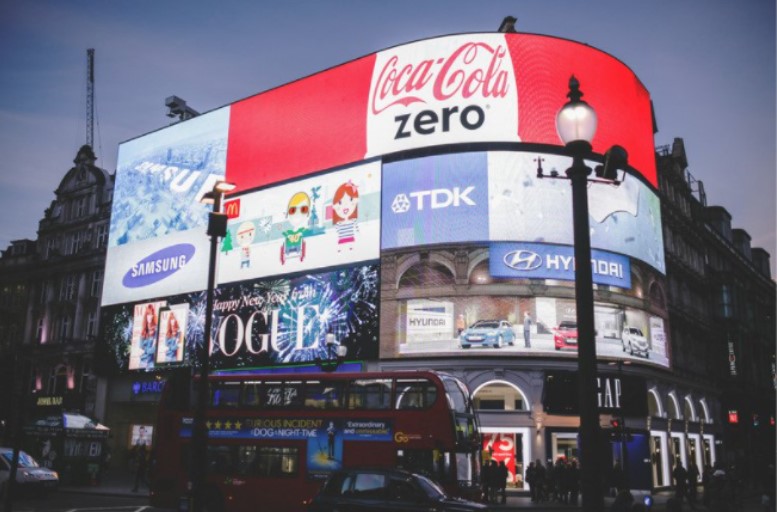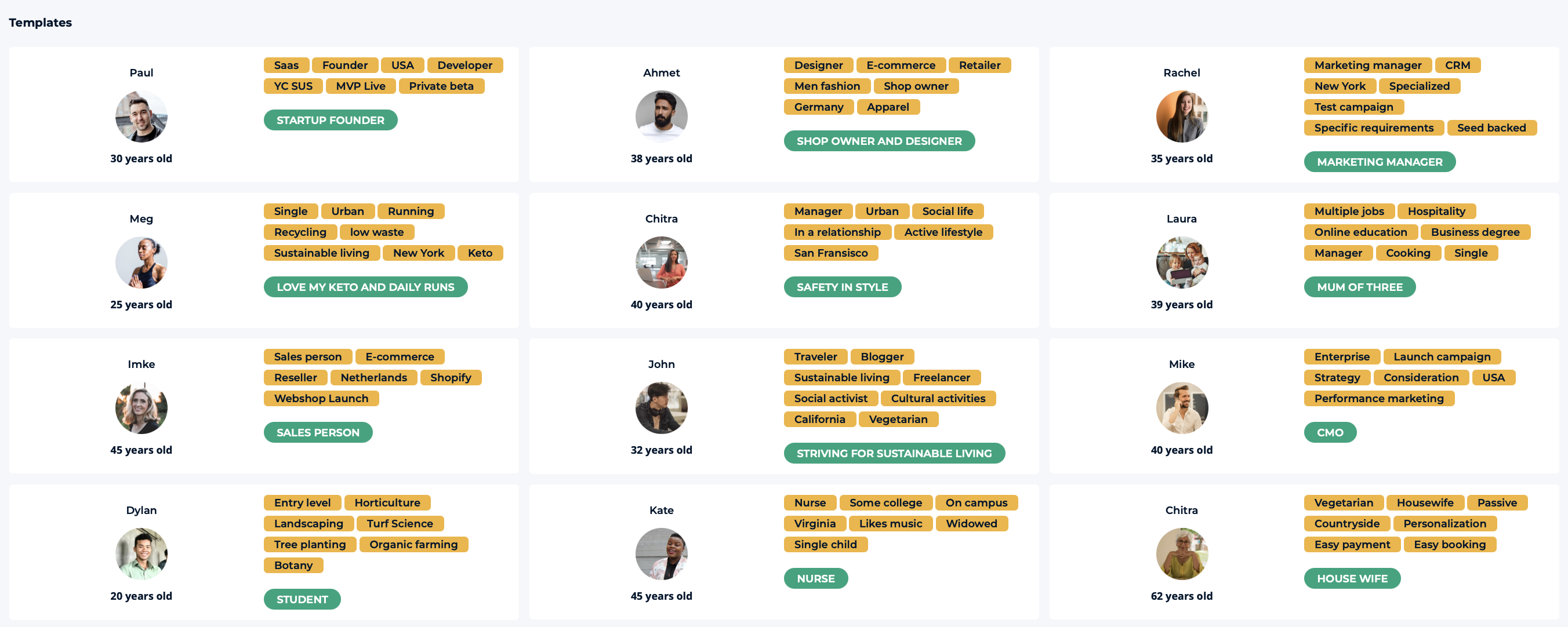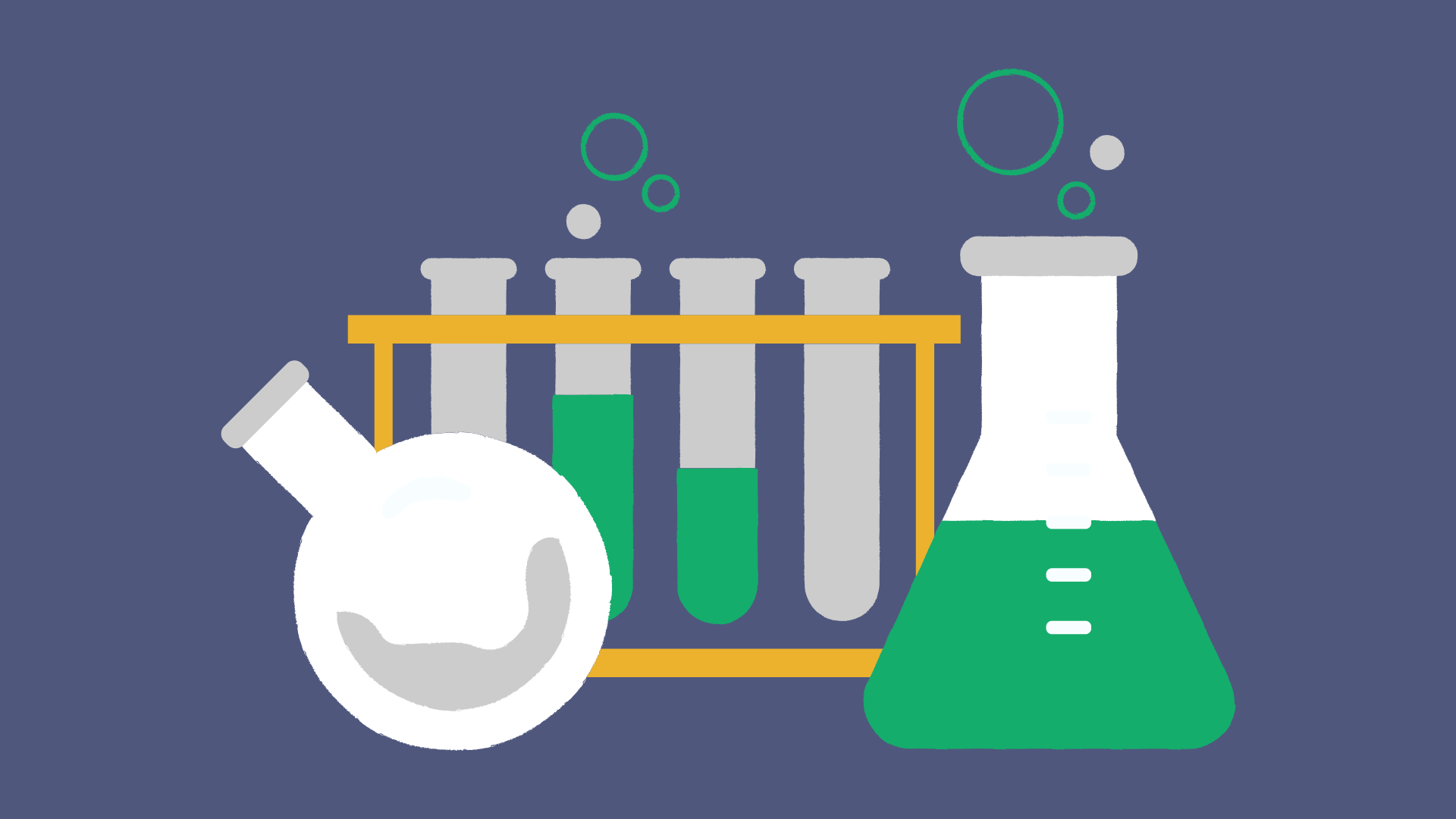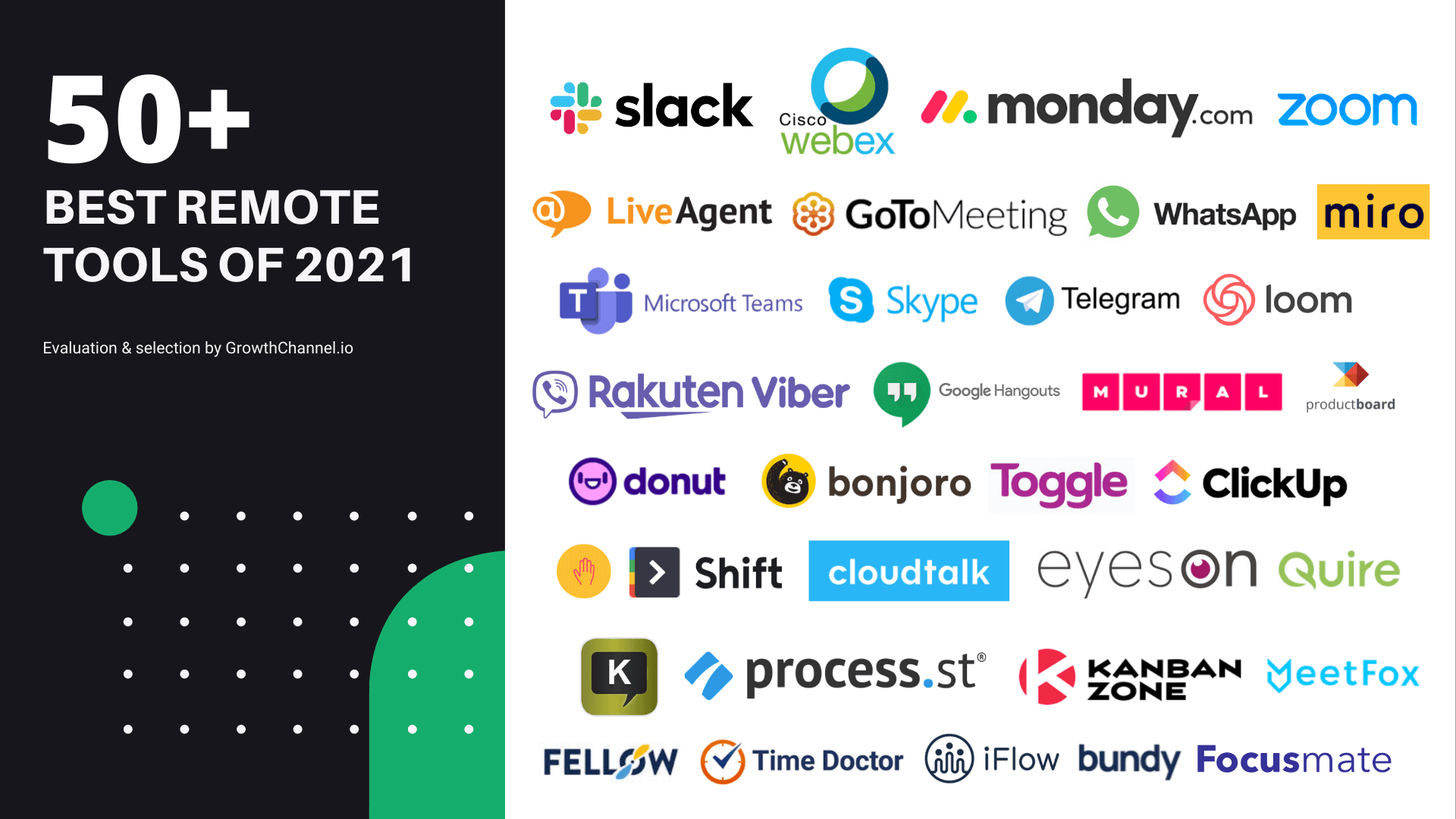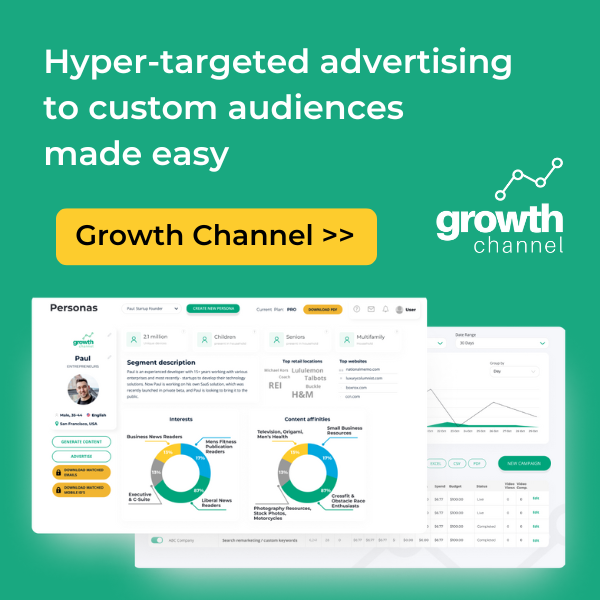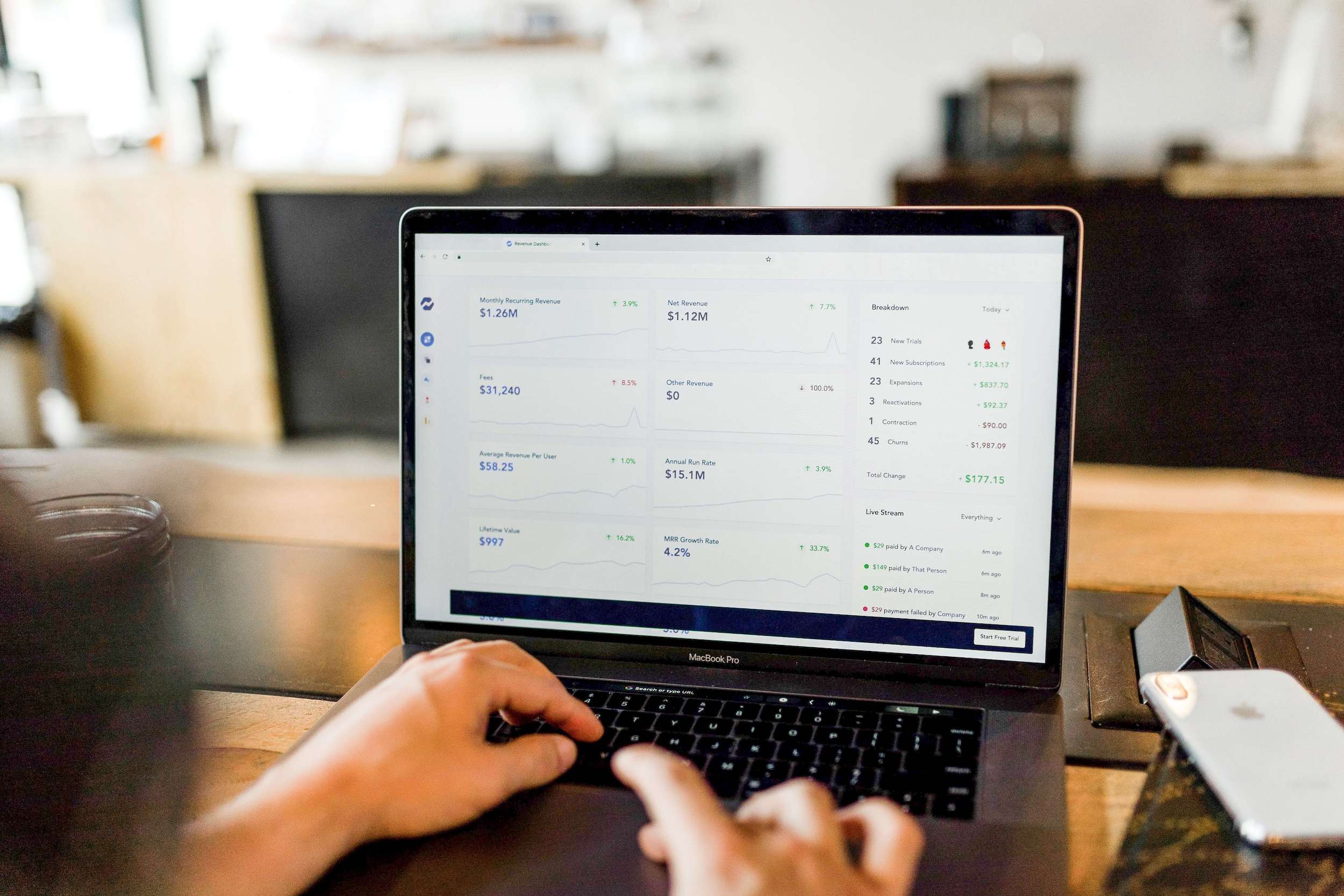Today’s smarter, internet-savvy buyers prefer to conduct their own research, move at their own pace along the buyer’s journey, and buy when they’re actually ready. Adapting to this trend, organizations are using valuable, personalized content to help buyers progress through different stages of the sales funnel in a way they prefer. The result? Increased sales and revenue growth.
It’s important to focus on delivering the right content to the right people according to their specific stage in the sales funnel. This enables you to generate and convert high-quality leads not only into customers but also into brand evangelists.
Before we dig into the top ways to create content for each sales funnel stage, let’s understand what a sales funnel is.
What is a Sales Funnel?
A sales funnel, also known as a marketing funnel, is a visual representation of the complete journey a prospect goes through to become a customer. It comprises different stages of this journey—right from the prospect’s first conversation with you to the completion of their purchase.
A sales funnel is commonly divided into three parts, the top, middle, and bottom which indicate:
- Where exactly prospects are in their buyer’s journey
- What pushed them to the next funnel stage
- Where leads are dropping off the funnel
- Areas your prospecting efforts are lacking in
- Where you need to alter or improve your sales process
Each part of the sales funnel includes a specific stage potential customers go through until they become buyers. The top of the funnel (TOFU) includes the awareness stage, the middle of the funnel (MOFU) includes the consideration stage, and the bottom of the funnel (BOFU) includes the decision stage.
Your content strategy needs to be unique and specific to each stage to be able to move prospects down the funnel and eventually convert them into buyers.
On a side note, you can look at the funnel from the sales view (the one we cover in this post), and also from the customer point of view - the customer decision journey.
TOFU: Content Strategies for the Awareness / Discovery Stage
The awareness stage of a sales funnel is where prospects start their buyer’s journey. Here, they are mainly looking to meet their needs, solve their problems, and are seeking answers to their queries. Sometimes, a prospect may even discover a pain point they were unaware of earlier until they reached the awareness stage.
Did you know that 45% of prospects say they wanted to evaluate their needs and look for solutions themselves, before contacting any salesperson? This means that potentially half of your customers are already in the discovery stage and could become a target to your content strategy.
It is at the awareness stage where you need to attract the right prospects and create value-add interactions by sharing easily digestible and discoverable content with them. Bear in mind that your content should be interesting, helpful, and educate prospects at the awareness stage. Statistics reveal that 74% of buyers chose the company that was the first to add value to them.
Some of the great examples of short-form content for the awareness stage are:
- How-to videos
- Social media posts
- Informational blog posts
- Infographics
- Checklists
- Educational content and templates
How-to, instructional, and best tips videos work great to hook and educate target audience at the awareness stage. They can also be used to create awareness about a problem and show how your product is one of the top solutions for it. Social media content is another powerful short-form content that is more likely to catch the attention of prospects. Studies suggest that 54% of social browsers use social media to research products.
If you want to add depth to your content strategy for the awareness stage, you can use long-form content types like ebooks, whitepapers, and webinars. Having said that, whether you’re using short-form or long-form content, your goal should be to present your brand as a trustworthy thought leader, industry expert, or a go-to resource for information. At the same time, it needs to attract the attention of prospects and help them with the topics they’re researching at the awareness stage.
Hint: you can generate your personalized growth tactics with content taglines for each step of the customer journey with Growth Channel App
MOFU: Content Strategies for the Consideration / Evaluation Stage
Now that you’ve managed to attract a prospect, it is time to convince them why and how your product can best solve their problem or meet their needs. At the consideration stage, a prospect is heavily researching different brands and considering multiple solutions to find the one that is the best fit for them. Approximately 95% of B2B buyers research companies online before making purchases.
Your content for the consideration stage needs to make it easy for prospects to choose you over your competitors. It should do the thinking for prospects as they choose among different options. It should also assure them that your solution is the most suitable for their particular need.
With B2B sales intelligence solutions like intent data, you can easily find out who is actively researching your solution or those similar to yours and even the topics they’re researching. Intent data also enables you to know whether a prospect is searching for a competitor’s product. Furthermore, it helps you understand a prospect’s content consumption, online behavior, purchase intent, interests, needs, and challenges.
You can use these insights to inform your content strategy by personalizing and customizing it to effectively target prospects at the consideration stage. You’ll be able to address their needs and problems and use the right keywords in your content. More importantly, you’ll be able to deliver such content to “in-market” prospects—who are most likely to buy from you—in their preferred format and at the right time.
Not to forget, the following also make up great content to target prospects at the consideration stage:
- Testimonials
- Case studies
- Product comparison guides
- Lists of pros and cons
- Customer reviews
For example, a case study can be used to give a proof of how your solution works for a client running a similar business or operating in the same industry as that of the prospect you’re targeting. Your case studies can include statistics and other quantitative data that stands out.
This helps convince prospects about your genuineness, capabilities, and why your product is the best one to choose. Moreover, you get to show why your clients trust you and do business with you, thus compelling prospects to consider you over other brands in the competition.
BOFU: Content Strategies for the Decision / Purchase Stage
At the decision stage, you continue to engage and nurture qualified prospects using your content until they make the final purchase decision. Your content for the decision stage should provide that final nudge to push prospects to purchase your solution. It needs to include the right offers, compelling CTAs, contextual messaging, and tailored value propositions to reinforce the confidence of prospects in your brand and solution.
Your content should help prospects at the decision stage to continue to see you as the best vendor and your solution as the most ideal fit for their specific need. It should also answer a prospect’s vendor-driven concerns, queries, and questions like: what would it take to become your customer?
To target prospects at the decision stage, some of the best content types to use are:
- Competitive feature analysis
- Live demos
- Free trials
- Consultation offers
- Product feature videos
- FAQs and their well-explained answers
After prospects decide to purchase your product, make it a point to create content to delight your new customers. This goes a long way toward creating brand promoters, word-of-mouth referrals, and improving customer lifetime value.
For the delight stage, you can use knowledge base content that provides a deeper understanding of your brand, your product’s functionality, and includes your product’s specific use cases. To delight your new customers, you can use:
- Immersive and interactive content
- Industry or business-specific advice
- User-generated content
- Content that is customer-centric, insightful, and solves their problems
You can also use these content ideas to delight your existing customers. After all, existing customers spend 31% more and are 50% more likely to try new products than new customers. Furthermore, it costs five times more to acquire new customers than to retain existing ones.
Read more: Growth Marketing Tactics for Each Stage of the Buyer's Journey
The Wrap
Optimizing your sales funnel is key to improving your sales results. A critical part of achieving this goal is to create well-targeted, resonating, and applicable content for prospects at each stage of the funnel. When you map your content to different stages of the funnel, you’re well-positioned to increase sales conversion rates.
According to statistics, targeting users with content that’s relevant to their position along the buying process yields 72% higher conversion rates. Furthermore, 95% of buyers choose a vendor that provides them with sufficient content helping them navigate each stage of the buying process.
By implementing the content strategies discussed here, you’ll be able to efficiently move prospects across the sales funnel and improve your win rates. Keep in mind that it’s extremely crucial to have intimate knowledge of your target audience, no matter where they are in the funnel. This allows you to produce the right type of content needed to advance them further down the funnel.
About the author
Ariana Shannon is the Marketing Director at SalesIntel.io. SalesIntel provides accurate and affordable contact data available for sales and marketing teams.


